Swiss hospital gets AI-assisted MRI scanner
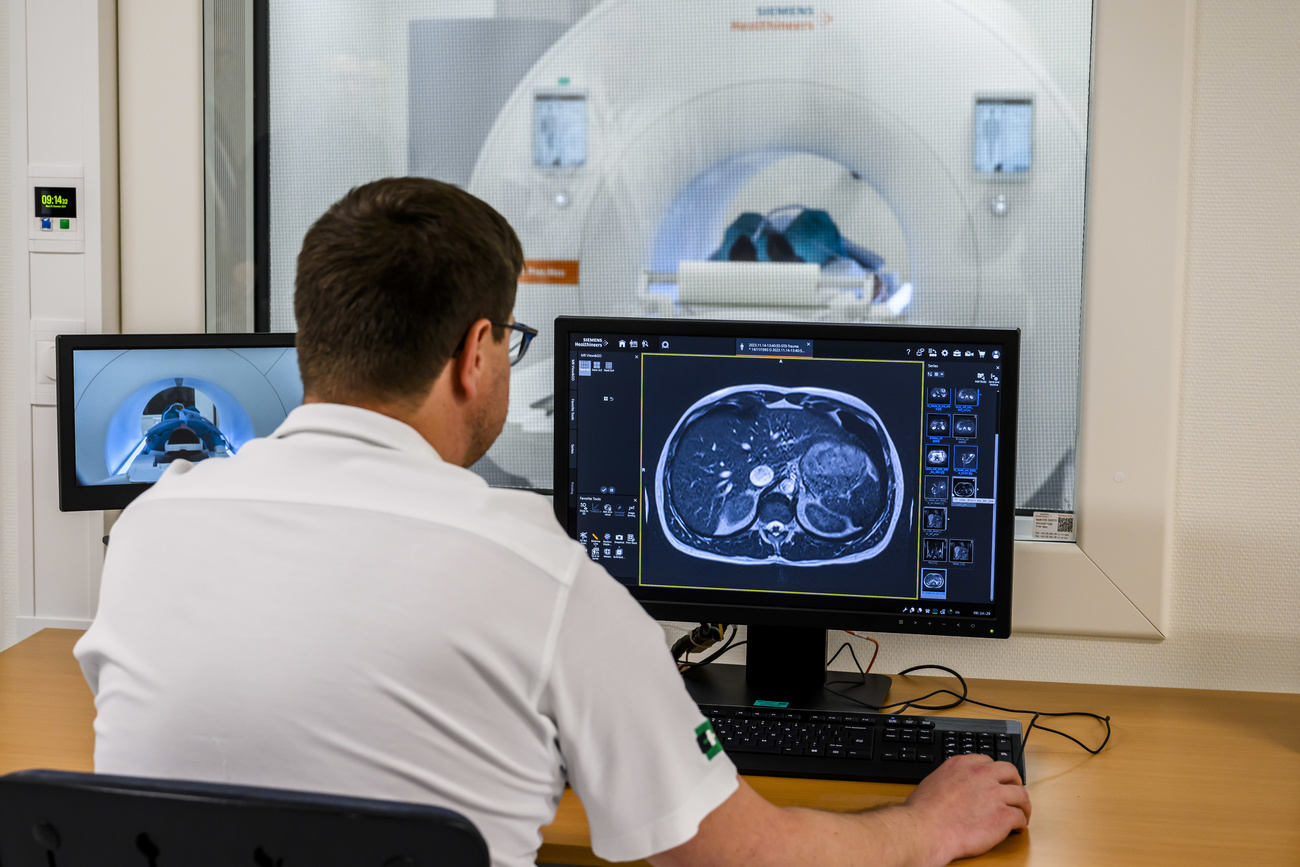
The Lausanne University Hospital (CHUV) has equipped itself with a new-generation magnetic resonance imaging (MRI) scanner, assisted by artificial intelligence. It will be tested by a dozen research teams.
This state-of-the-art equipment was acquired jointly by the CHUV, the University of Lausanne and the Biomedical Imaging Center. It weighs just 3 tonnes, half the weight of a standard system, and is around 2 metres high. The magnetic field is also lower.
For the time being, this “low-field” MRI unit is dedicated exclusively to research, a first in Switzerland. The aim is to evaluate the potential of this new technique, the CHUV said in a press release on Wednesday.
Over the past 30 years, priority has been given to improving the quality of MRI by increasing the intensity of the magnetic field. These high intensities, however, required a costly infrastructure to acquire and maintain.
Now, the low magnetic field of the device is compensated for by image processing using artificial intelligence, making it possible to use less powerful systems without compromising image quality.
+ Switzerland tops global innovation ranking
Durable and affordable
These low-field MRI devices offer several advantages. “First and foremost, there is a significant economic advantage,” explains Alban Denys, Head of the CHUV’s Radiodiagnostic and Interventional Radiology Department, quoted in the press release.
“Compared with standard machines, the costs of purchase, installation and use are lower, making these devices more accessible in low-income countries, and also generally helping to reduce healthcare costs,” adds the specialist.
Power consumption is cut in half during examinations. And for machine cooling, the use of helium – a gas regularly subject to shortages – is virtually non-existent.
More compact, this equipment is also more comfortable for patients. Their wide opening reduces the anxiety of children or claustrophobic patients during examinations.
“This feature could make the machine suitable for MRI-guided interventions using medical tools, which is currently impossible with high-field MRI”, adds Prof. Denys.
Patient benefits
A dozen interdisciplinary research teams have been mobilized to test and validate potential innovations and clinical applications.
In particular, investigations are aimed at developing imaging techniques that can be used on this type of machine, assessing their performance for a number of diagnoses, and fine-tuning them for specific examinations.
The expected benefits are particularly relevant to young cystic fibrosis sufferers who require regular radiological examinations. The fields of cardiac imaging and fetal imaging could also benefit from these innovations.
This news story has been written and carefully fact-checked by an external editorial team. At SWI swissinfo.ch we select the most relevant news for an international audience and use automatic translation tools such as DeepL to translate it into English. Providing you with automatically translated news gives us the time to write more in-depth articles. You can find them here.
If you want to know more about how we work, have a look here, and if you have feedback on this news story please write to english@swissinfo.ch.

In compliance with the JTI standards
More: SWI swissinfo.ch certified by the Journalism Trust Initiative

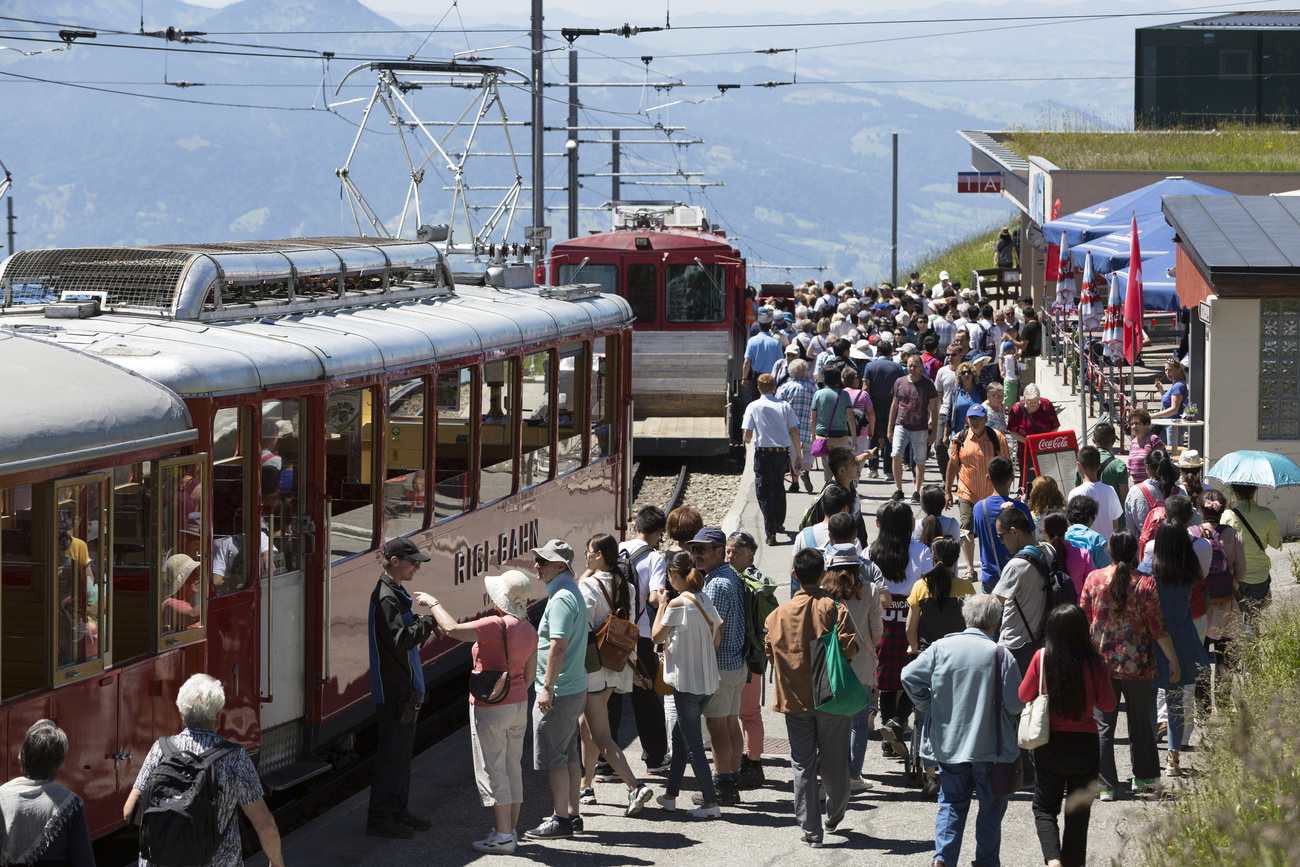
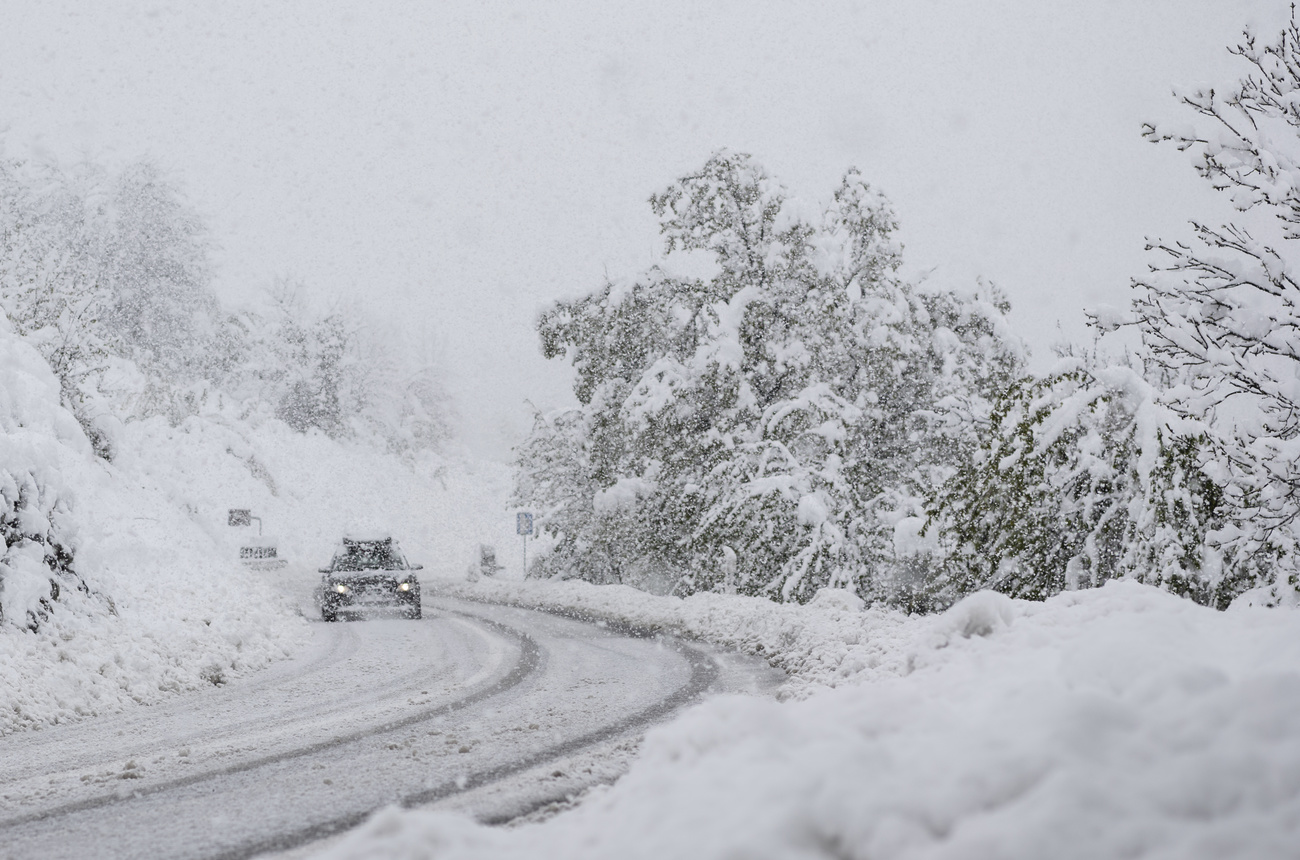
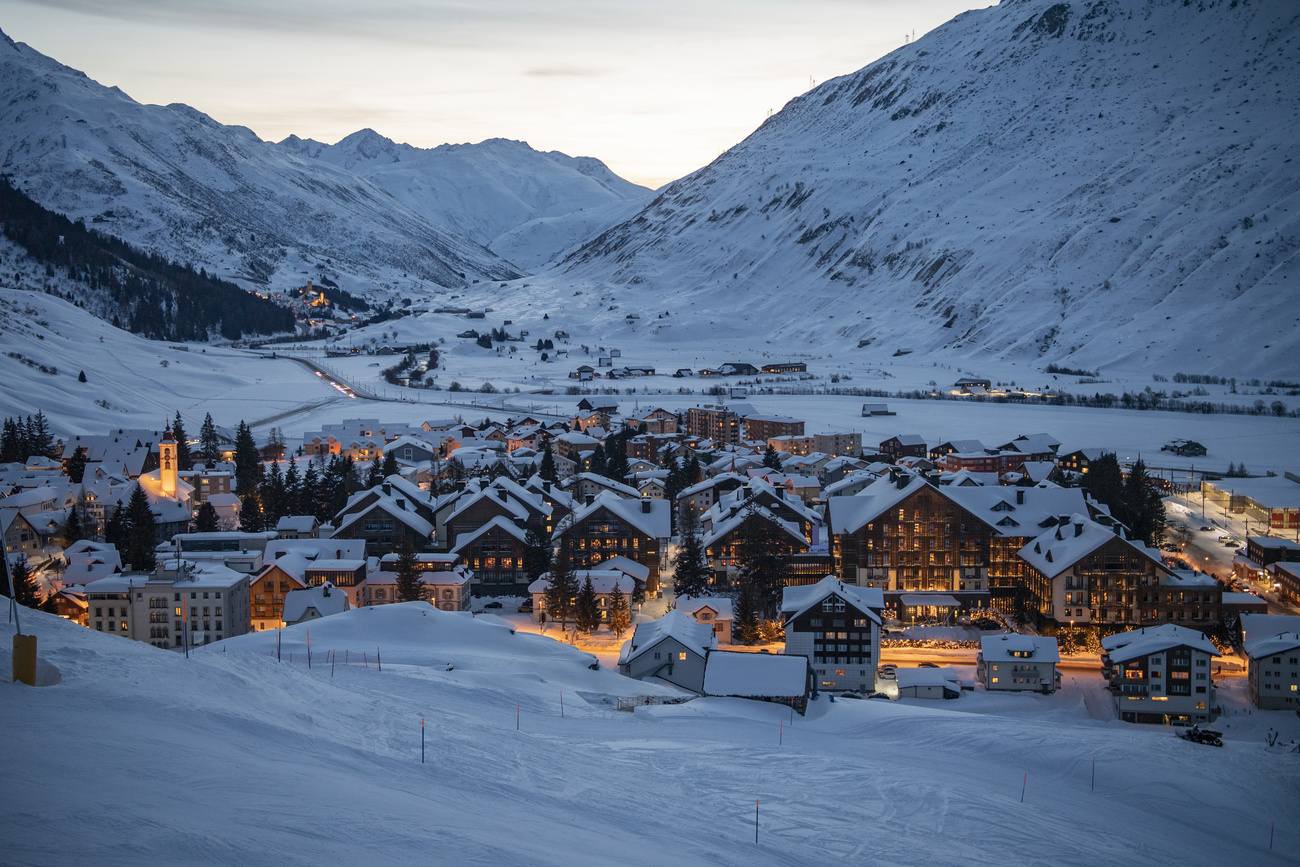





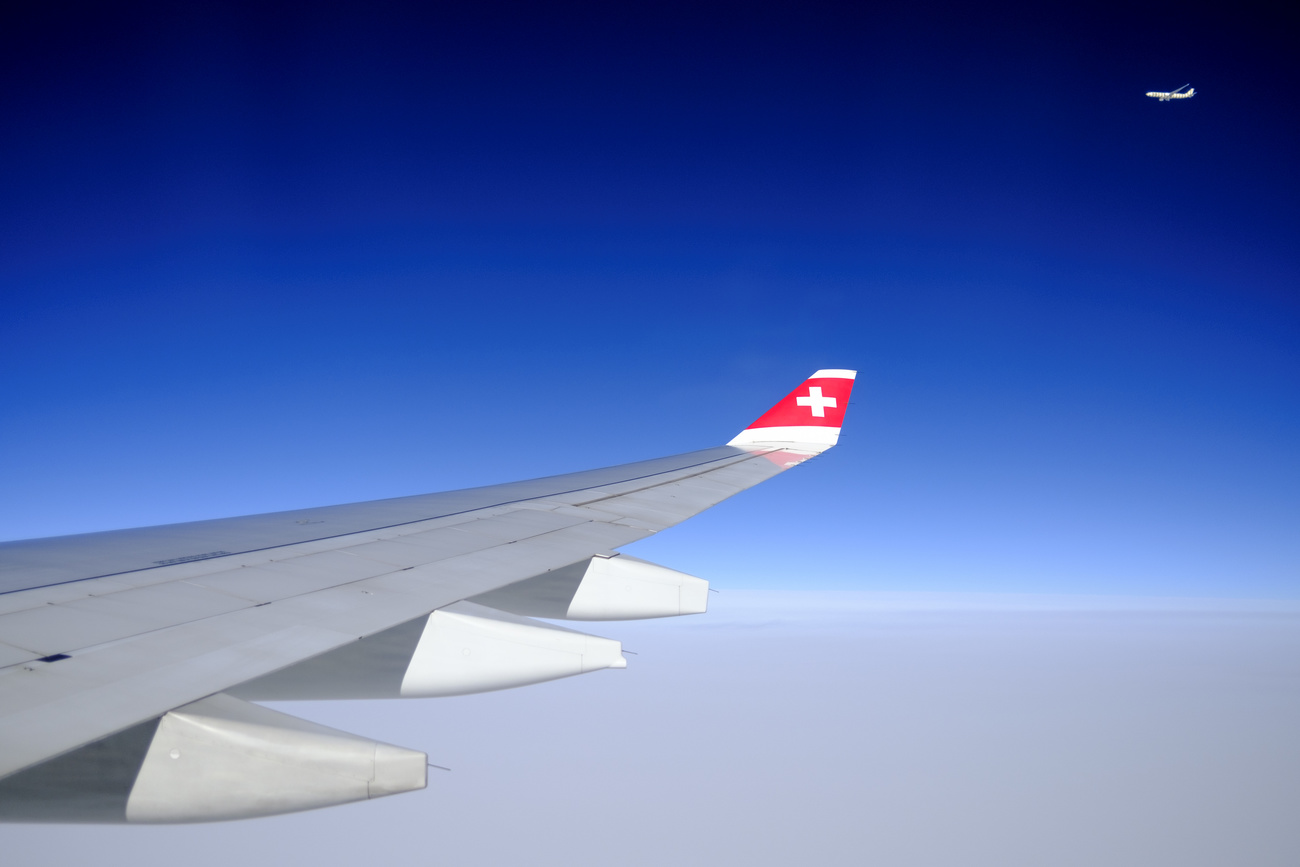


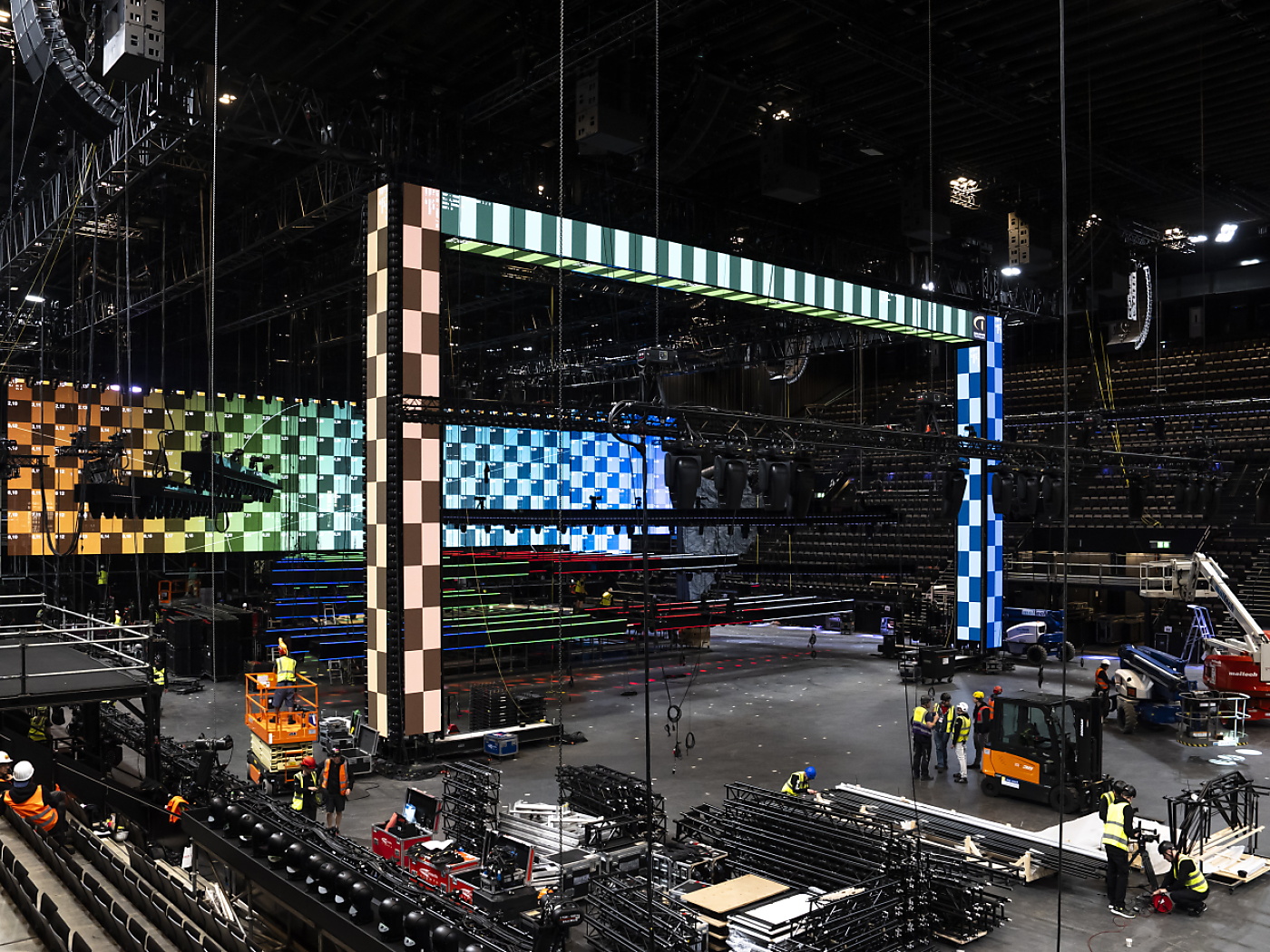





You can find an overview of ongoing debates with our journalists here . Please join us!
If you want to start a conversation about a topic raised in this article or want to report factual errors, email us at english@swissinfo.ch.